Budapest History Museum
1887
Foundation of the Municipal Museum
The Municipal Council decides about the foundation of the Municipal Museum according to the initiative prepared by Károly Gerlóczy (Chief Notary and the first Deputy Mayor of Budapest, 1835–1900).

1894
Opening of the Aquincum Museum
Planned by Gyula Orczy (architect and municipal councilor, 1874–1939), the first building of the Aquincum Museum opens on 10 May, consisting of a foyer and only one room.
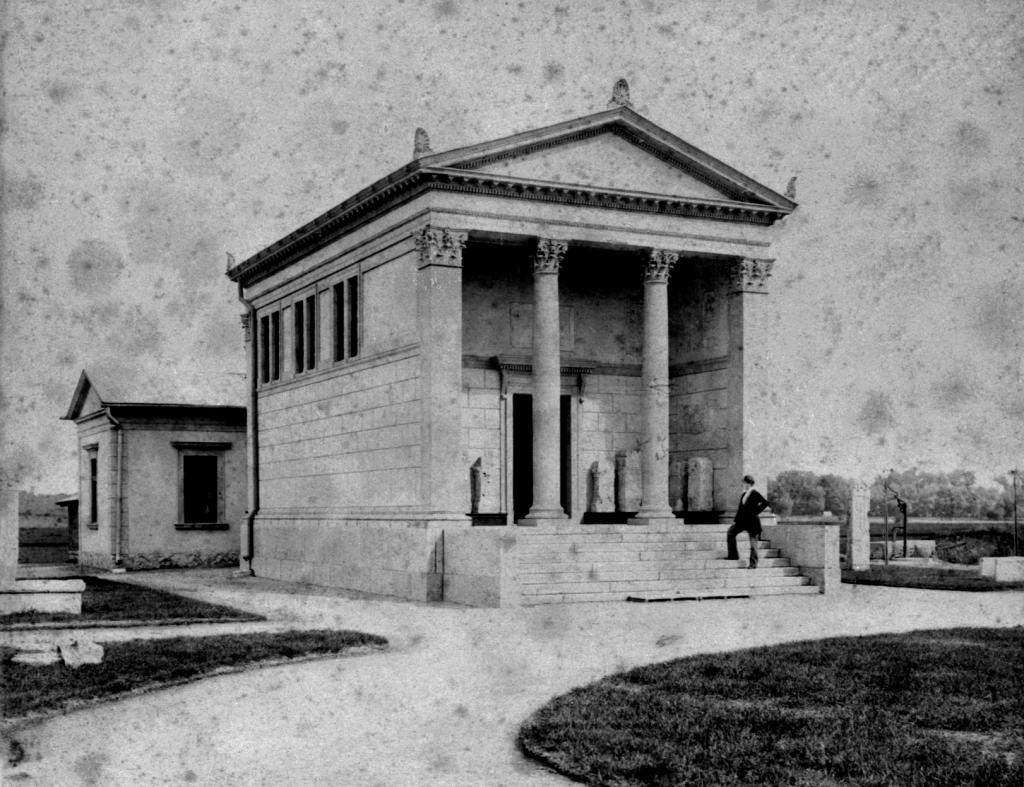
1899
The Municipal Council decides on establishing the collections of the Municipal Museum and the adjoining library
Based on Bálint Kuzsinszky’s (professor, archaeologist, epigraphist and museum director, 1864–1938) plans, the Municipal Council decides on establishing a historical, a fine art and a natural history collection besides the archaeological collection.
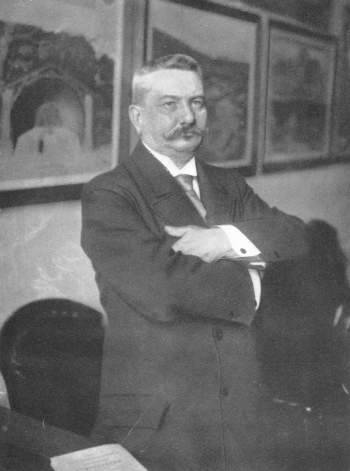
1907
Opening of the Municipal Museum
The first exhibition of the Municipal Museum opens in the former fine arts pavilion (today the Olof Palme House) of the 1885 National Exhibition in the City Park.
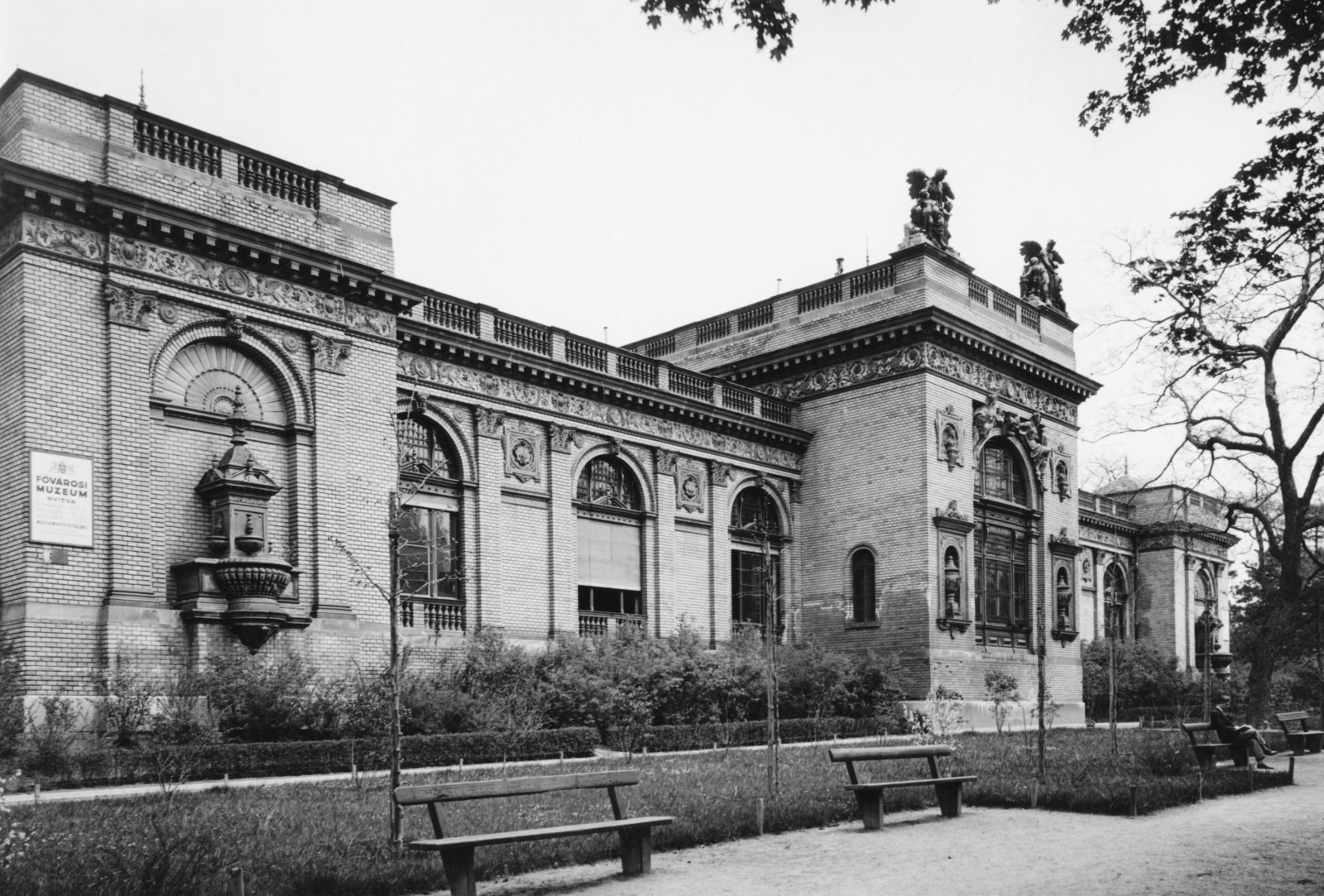
1931
Discovery of the Ancient Roman water organ in Aquincum
The only known Ancient Roman water organ is unearthed by Lajos Nagy (archaeologist, historian and museum director, 1897–1946). Its discovery gets a huge press coverage both in Hungary and abroad, garnering an almost instant international recognition for one of the most significant finds of the museum.
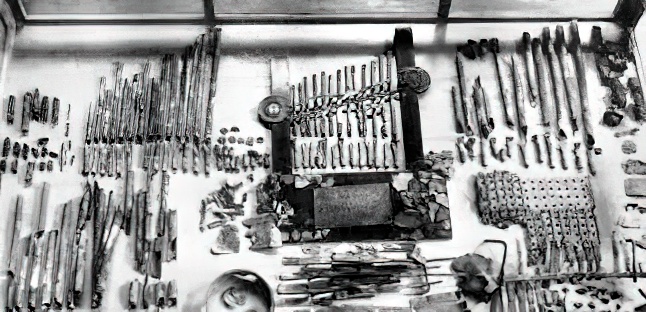
1932
Foundation of the Prehistory Collection
The first Prehistoric findings were acquired by the Municipal Museum in 1893. 1932 marks the year of them being registered and recorded as an individual collection.
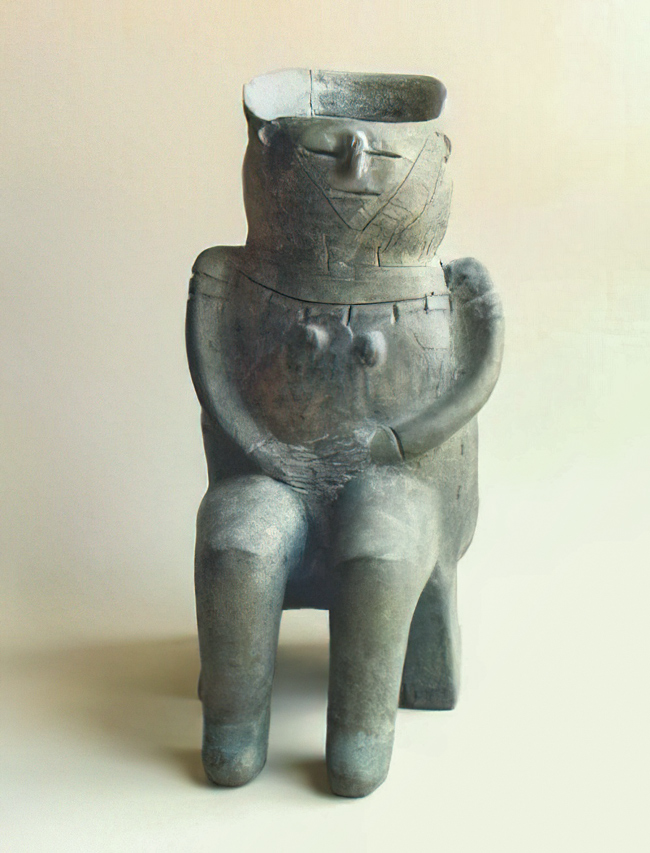
1932
Opening of the Medieval Lapidarium in the Fisherman’s Bastion
Presenting the Medieval carved stone artefacts discovered in the Castle District, the northern tower of the Fisherman’s Bastion operates as the Medieval Lapidarium until 1952.
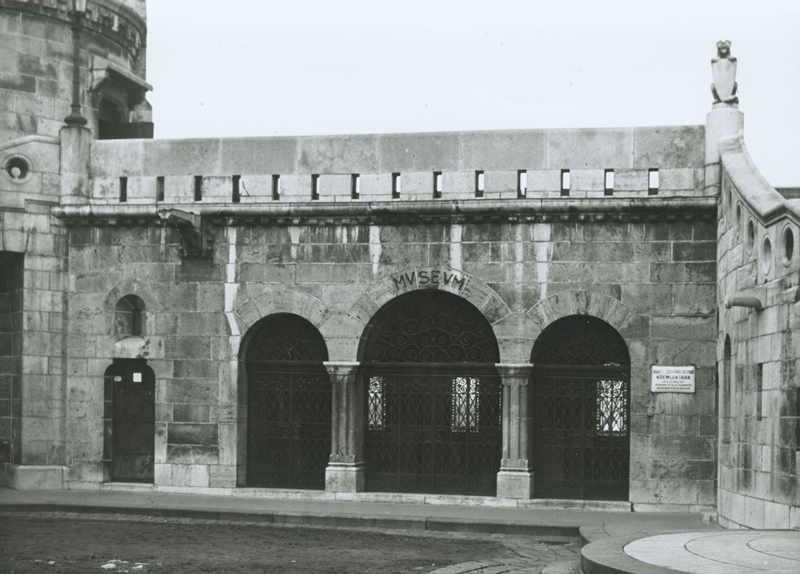
1933
Opening of the Capital Gallery of Budapest in the Károlyi Palace
Founded in 1932, the Capital Gallery of Budapest moves to the Károlyi Palace a year later. According to a mayoral decision, it becomes part of the Municipal Museum in 1935.

1935
The will of Miksa Schmidt
According to the will of Miksa Schmidt (architect, interior designer, furniture manufacturer and art collector, 1861–1935), his mansion in Kiscell (a district of Óbuda) is left to the capital. His terms include the establishment of an applied arts museum from the mansion’s furniture as well as the creation of a public park on the surrounding plots.
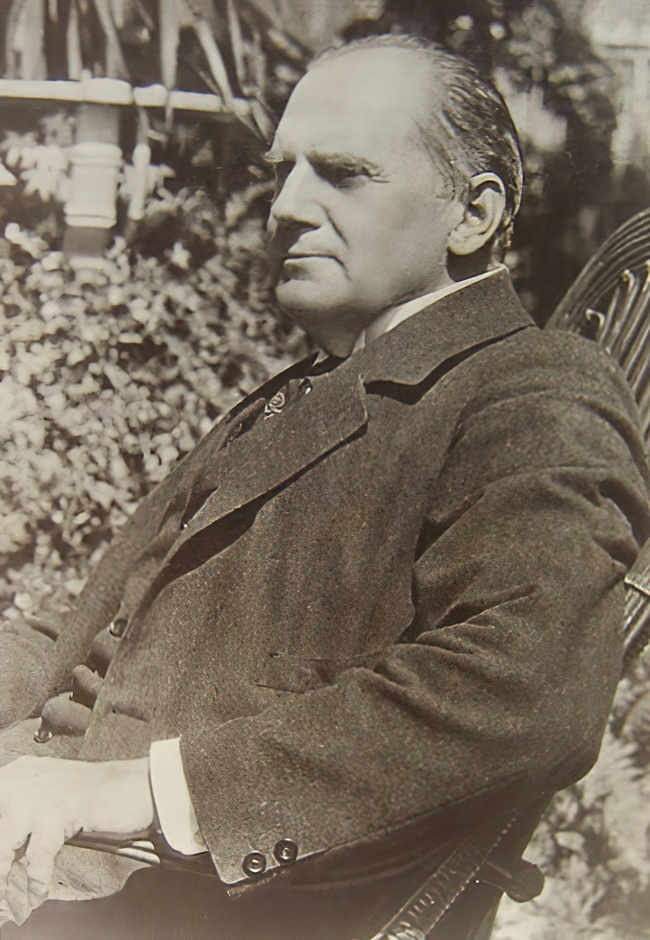
1936
The Municipal Museum is renamed to Capital History Museum
Jenő Sipőcz (lawyer, Mayor and later the first Lord Mayor of Budapest, 1878–1937) changes the museum’s name to Capital History Museum.
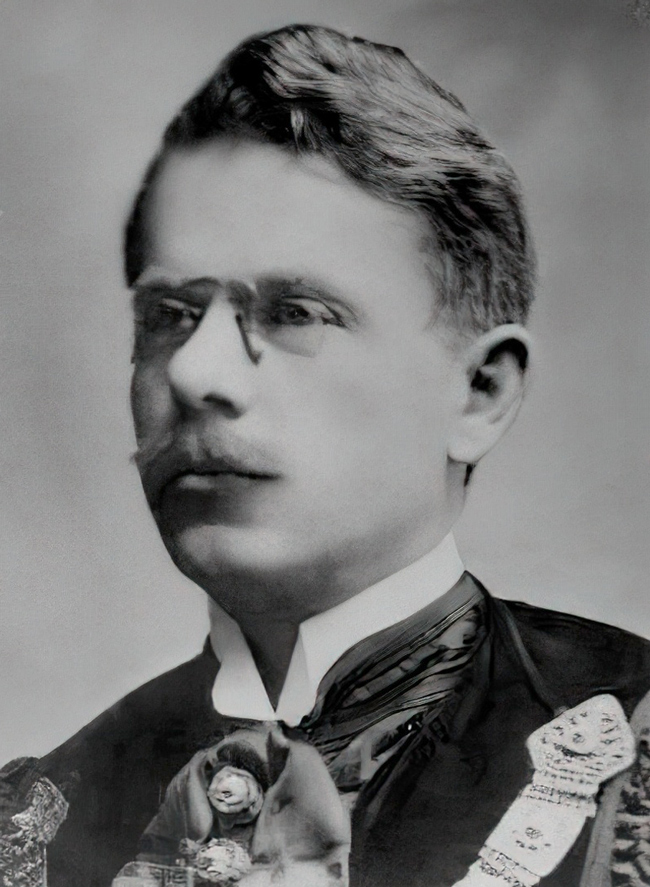
1941
The Capital History Museum moves into the Kiscell mansion
Due to the lawsuit filed by the descendants of Miksa Schmidt, the Capital History Museum moves in only years after the Kiscell mansion was left to them. In this same year, the modern collections are moved here from the building in the City Park.

1942
The Medieval Lapidarium is renamed to Medieval Museum
Previously belonging to the modern collections, the Medieval Lapidarium operates from 1942 as an individual department under its own director under the name Medieval Museum.
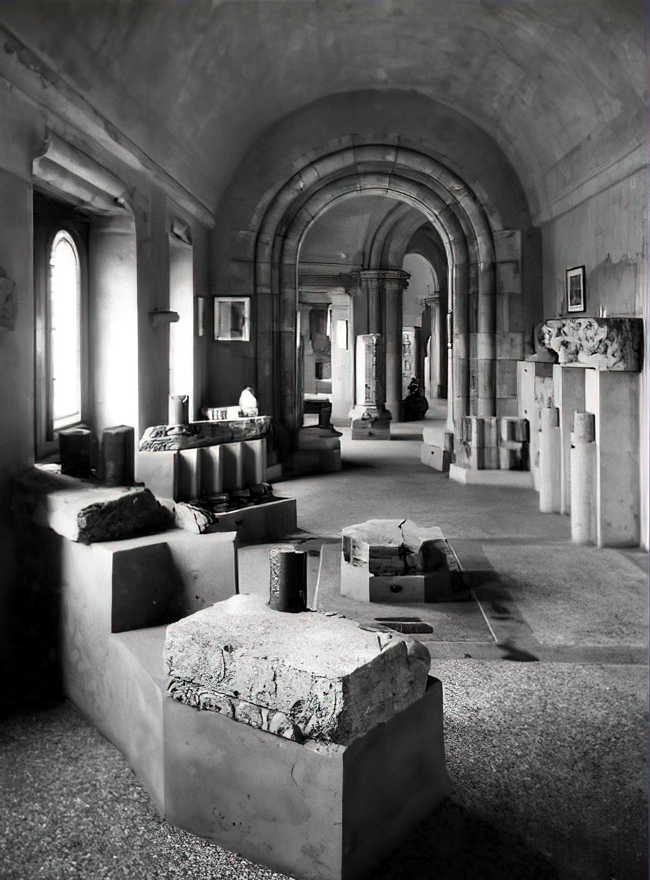
1945
The Medieval Museum moves to a new location
Mayor Zoltán Vas (politician, writer and journalist, 1903–1983) appoints the former building of the Buda Town Hall under 2 Szentháromság Street to be the new venue of the Medieval Museum in January 1945.

1945
The Petőfi Museum is joined with the Capital History Museum
The collections of the Petőfi Museum are handed over to the Capital History Museum by the Petőfi Association, remaining there until 1953.
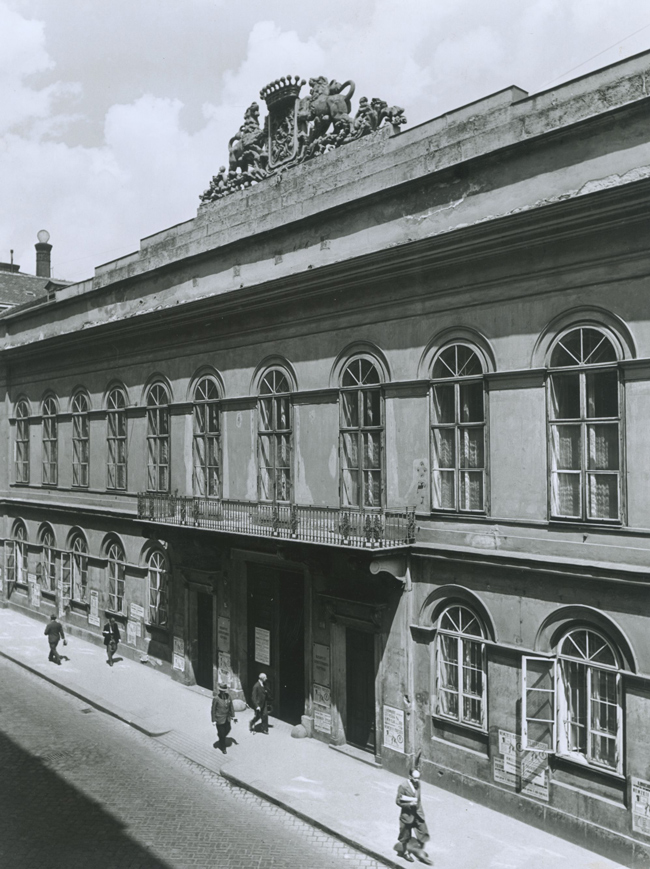
1947
Foundation of the Prehistoric Archaeology and Migration Period Collection of the Capital History Museum
Established to carry out Prehistoric, Migration Period and Medieval archaeological excavations in 1936, the Department for Excavations and Archaeology is transformed into this collection with the direction of Tibor Nagy.
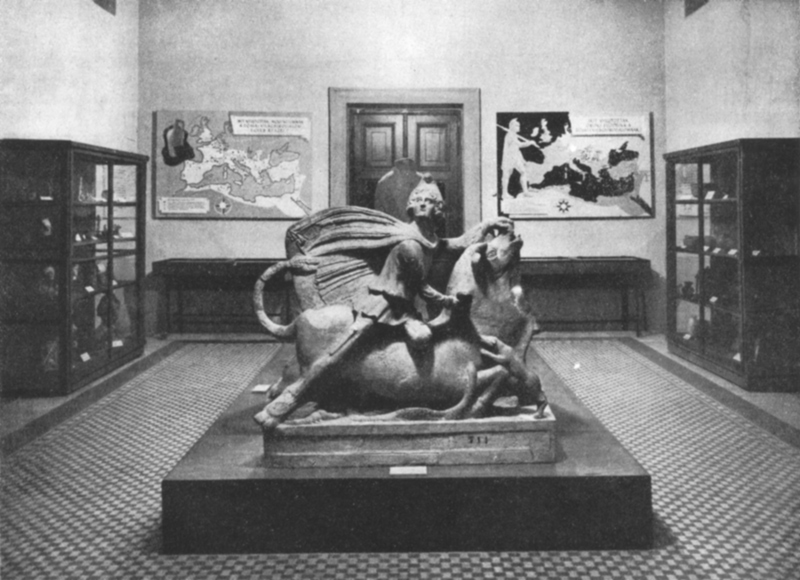
1948
The first city history exhibition of the Capital History Museum
Presenting the Modern Age history of Budapest, the first city history exhibition opens in the Károlyi Palace, entitled ‘Our Capital 1800–1873’.

1948
The first archaeological excavations in the Medieval Royal Palace
Following the siege of Budapest, the first archaeological excavations are carried out during the rebuilding of the Palace with the leadership of László Gerevich (art historian, archaeologist, museum director, 1911–1997). Destroyed in the 17–18th century, the ruins of the medieval palace are unearthed in the course of these excavations.
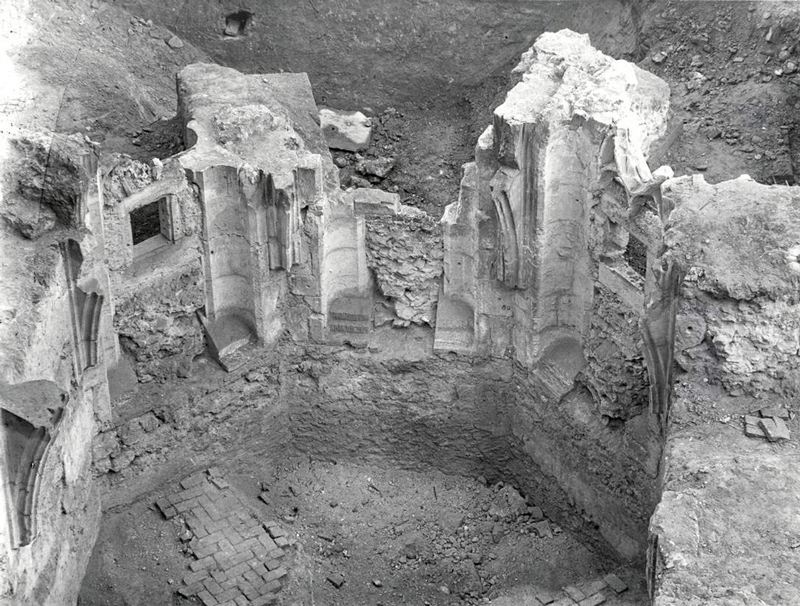
1951
The Capital History Museum is renamed to Budapest History Museum
The Center for Museums and Built Heritage renames the museum and gives the title of Director General to its leader.

1959
Foundation of the Municipal Fine Arts Collection
The Municipal Council decides on establishing the Municipal Fine Arts Collection whose primary task is to collect artworks created after 1945.
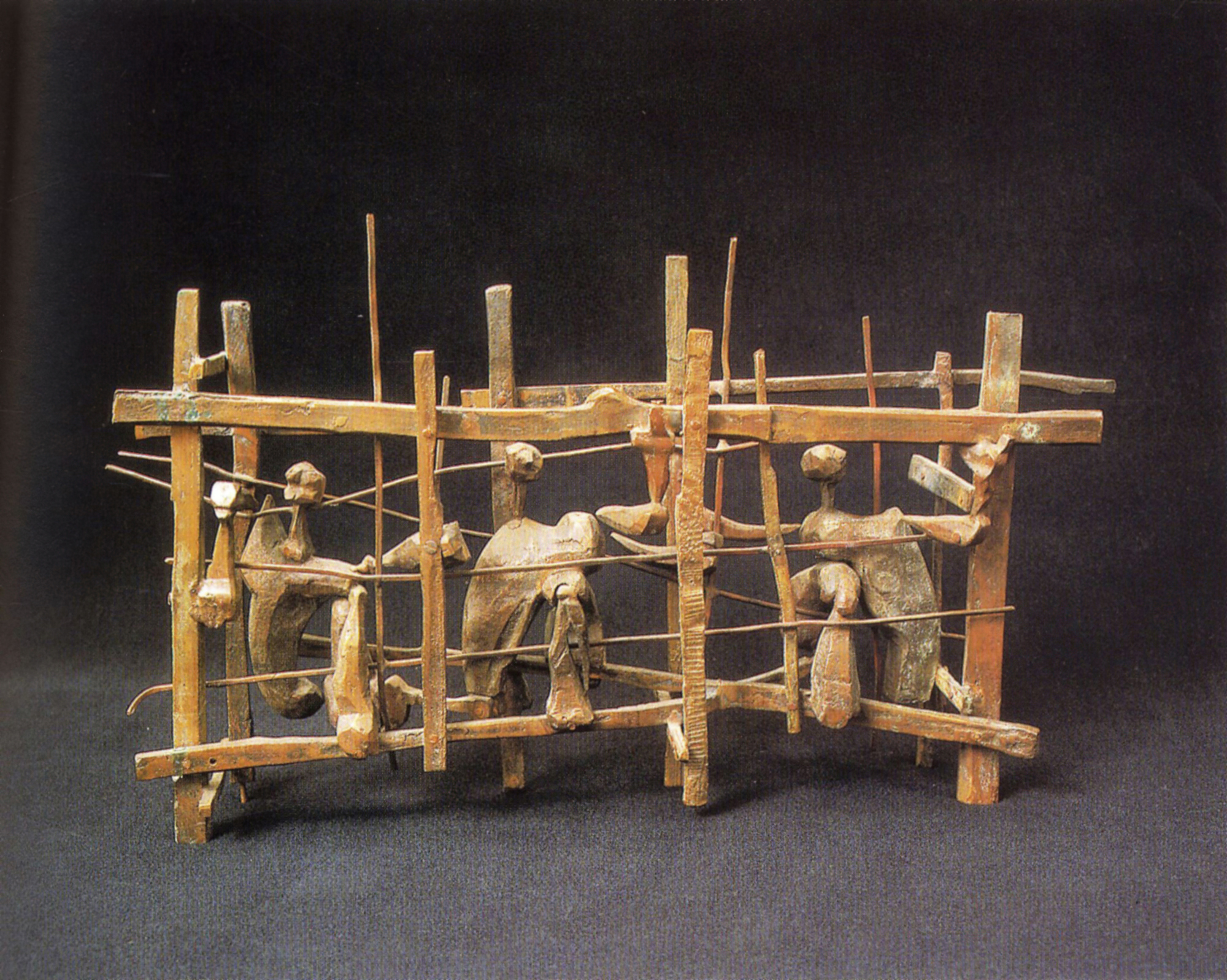
1963
The Budapest History Museum is re-classified as a National Museum
According to the new museum law, the Budapest History Museum is included in the group of museums whose collections are of national interest, serving both a scientific and a popular educational purpose.
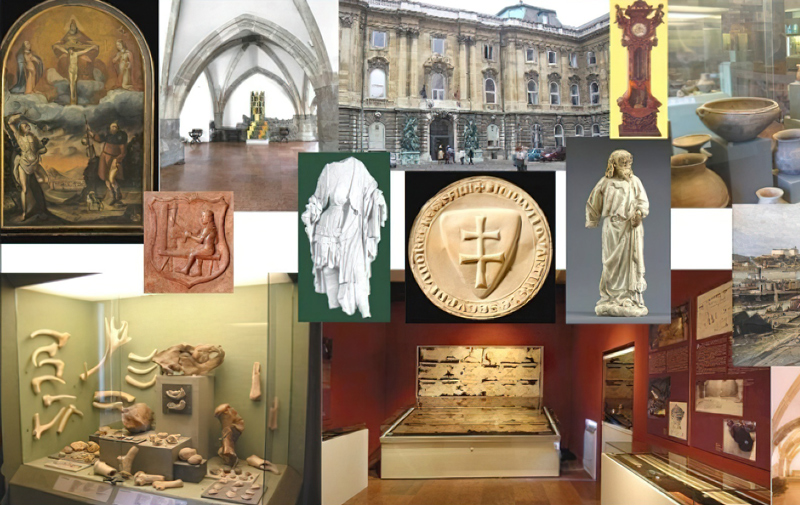
1967
The Castle Museum moves into Building ‘E’ of the Royal Palace
After the renovation is finished, the Medieval Museum and the Directorate of the Budapest History Museum are the first cultural institutions moving into the Royal Palace of Buda.
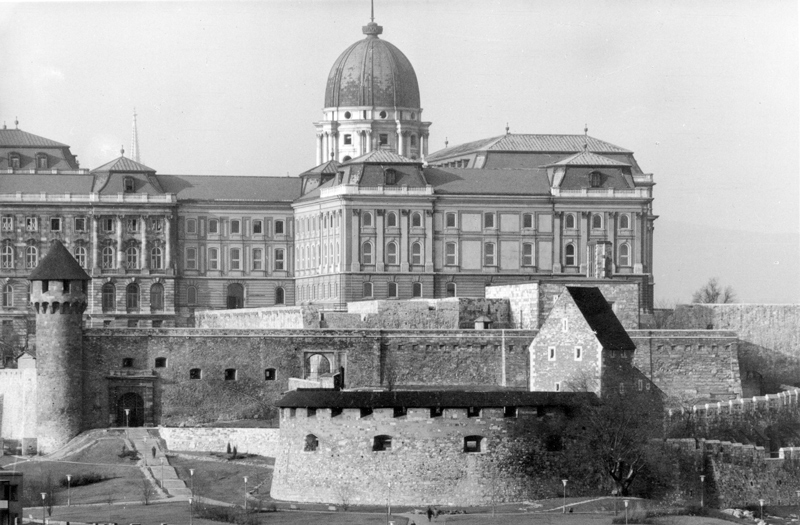
1974
The Gothic sculpture find of Buda is discovered
Hundreds of sculpture fragments are discovered in one of the courtyards of the former Royal Palace in the basement of a medieval house. The excavations are lead by László Zolnay (archaeologist, art historian, 1916–1985).
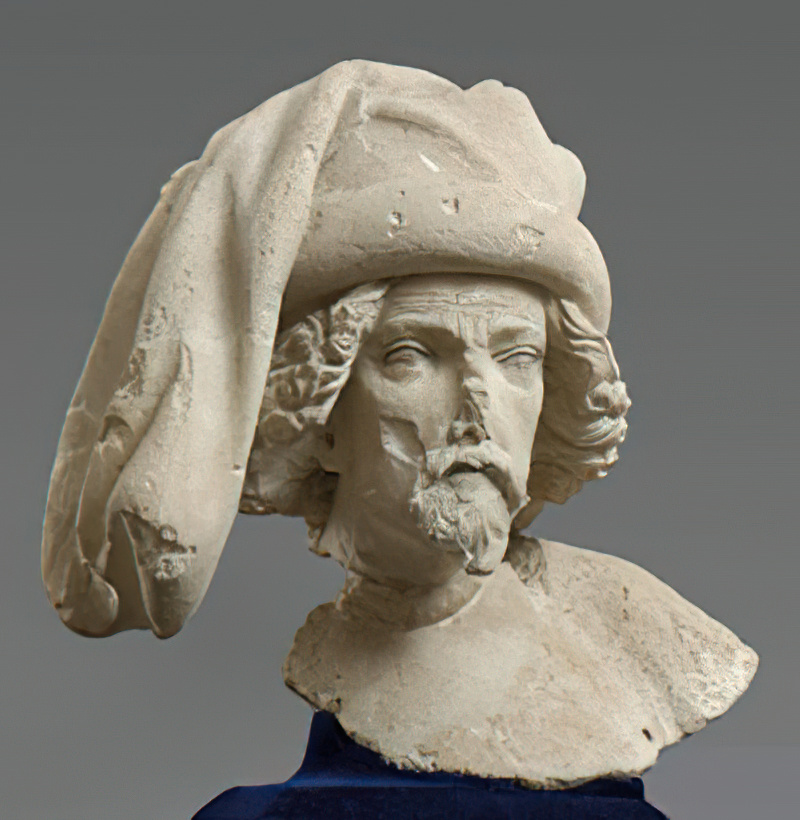
1979
Creation of the Fine Arts Directorate of Budapest
The Directorate includes the Department of Public Art and the Department of Fine Arts.
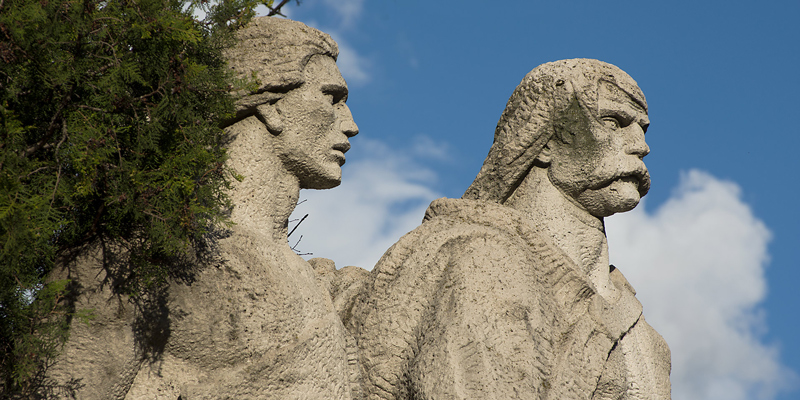
1983
The Budapest Gallery is born
The Budapest Gallery is born by renaming the Fine Arts Directorate of Budapest.
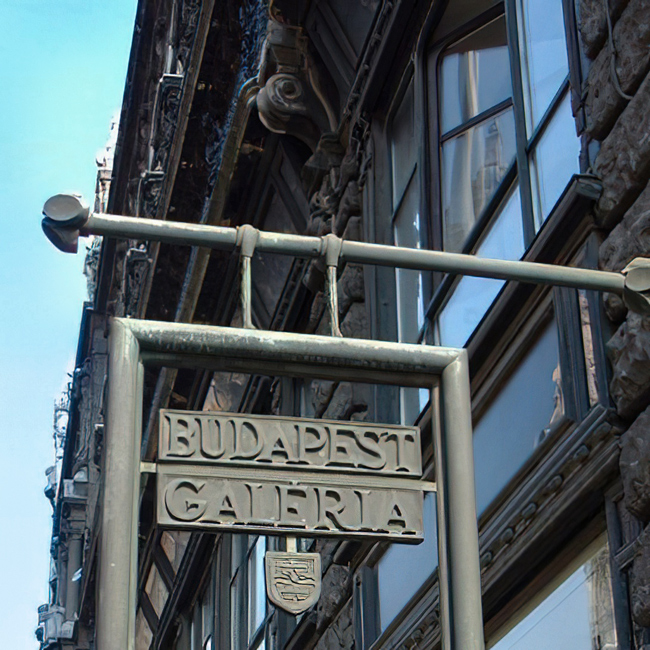
1989
Changes in Kiscell
By clearing out and transforming the adjoining former church at the Kiscell Museum, an exhibition space is created, primarily to host fine art exhibitions. At the same time, the Municipal Fine Art Collection is allowed to use the name Municipal Gallery from now on.
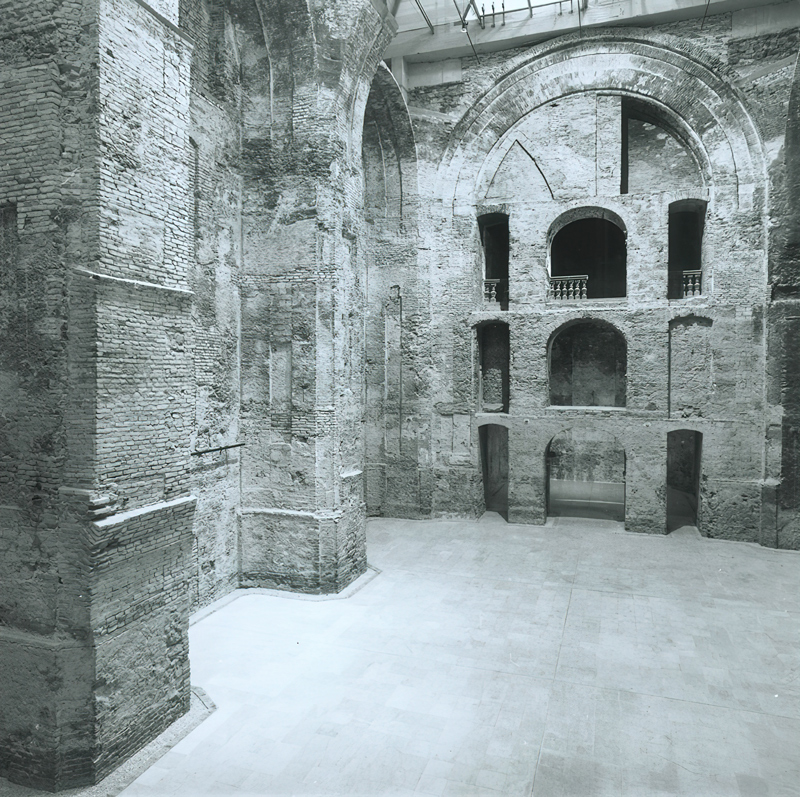
1998
Pro Urbe Award
The employees of the Museum are rewarded by the municipality with the Pro Urbe Award for their outstanding professional achievements in the realization of the exhibition commemorating the unification of Pest, Buda and Óbuda.

2000
The Aquincum Museum moves to its current location
The new office building near the site with the ruins is finished – its first “residents” are the Department of Antiquity and the Department of Prehistory and the Migration Period. The museum leaves the Károlyi Palace for good.
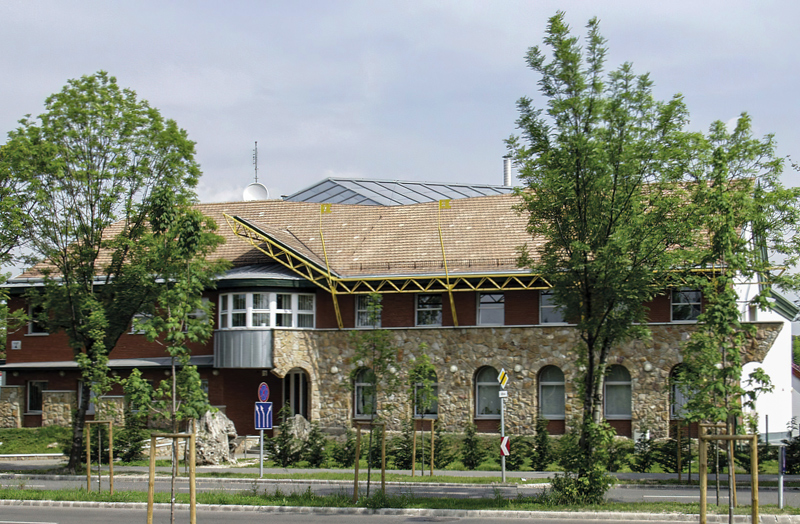
2011
The Budapest Gallery becomes part of the Budapest History Museum
According to a decision by the Municipal Council of Budapest, the Budapest Gallery (with its two departments, the Exhibition Department and the Budapest Public Art Department) becomes part of the Budapest History Museum.
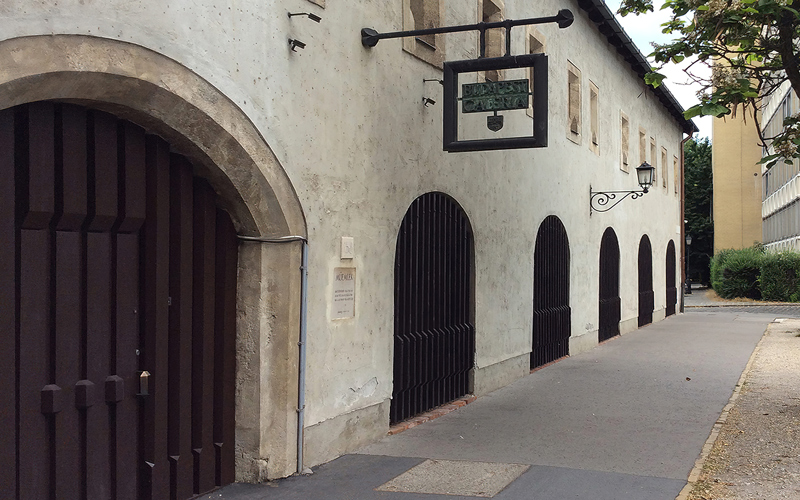
2012
Pannonia Provincia Programme at the Aquincum Museum
In the framework of the Pannonia Provincia Programme, the construction of a virtual experience space, a mythological playground and the so-called “Painting House”, as well as a new reception area at the Aquincum Museum, with the support of the European Union.
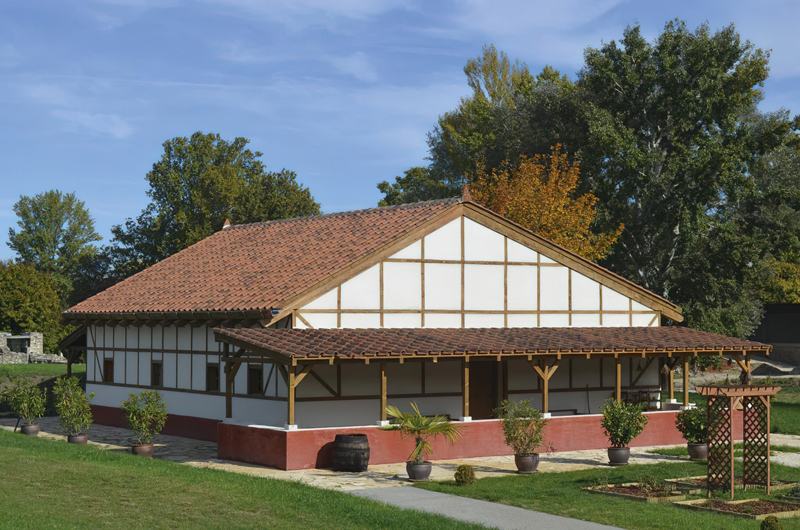
2013
The Budapest Gallery gets a new exhibition space: the creation of the New Budapest Gallery in Bálna
After leaving the Budapest Exhibition Hall in the Klotild Palace, the New Budapest Gallery will open in the Bálna building, hosting temporary contemporary art exhibitions. The exhibition space closed in 2019.
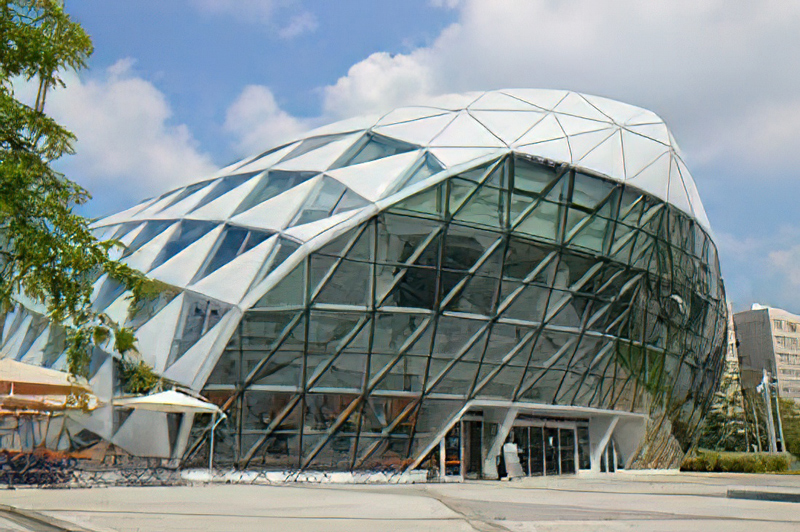
2015
The Bartók Memorial House becomes part of the Budapest History Museum
The Bartók Memorial House was managed by the Budapest Historical Museum between 1979 and 1989, and since then it has been part of the Budapest Historical Museum again.
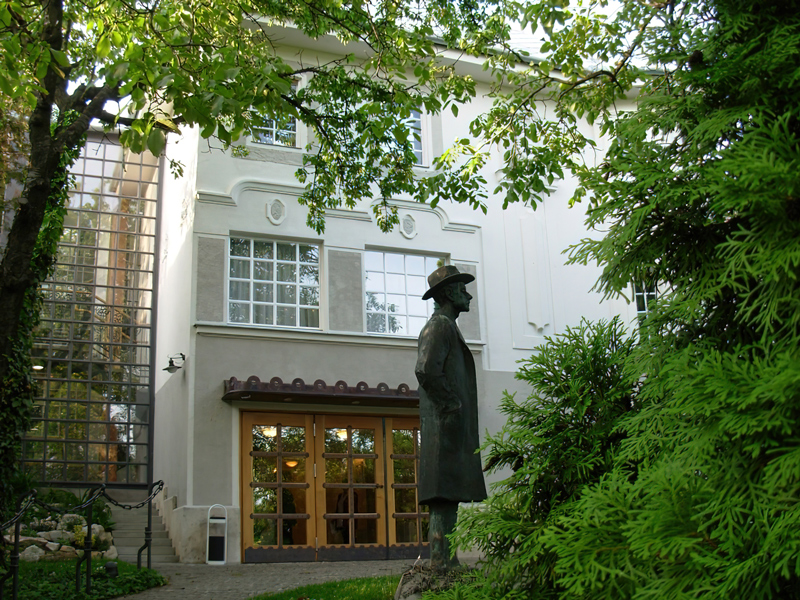
BHM Aquincum Museum
1894
Opening of the Aquincum Museum
Planned by Gyula Orczy (architect and municipal councilor, 1874–1939), the first building of the Aquincum Museum opens on 10 May, consisting of a foyer and only one room.

1931
Discovery of the Ancient Roman water organ in Aquincum
The only known Ancient Roman water organ is unearthed by Lajos Nagy (archaeologist, historian and museum director, 1897–1946). Its discovery gets a huge press coverage both in Hungary and abroad, garnering an almost instant international recognition for one of the most significant finds of the museum.

1947
Foundation of the Prehistoric Archaeology and Migration Period Collection of the Capital History Museum
Established to carry out Prehistoric, Migration Period and Medieval archaeological excavations in 1936, the Department for Excavations and Archaeology is transformed into this collection with the direction of Tibor Nagy.

2000
The Aquincum Museum moves to its current location
The new office building near the site with the ruins is finished – its first “residents” are the Department of Antiquity and the Department of Prehistory and the Migration Period. The museum leaves the Károlyi Palace for good.

2012
Pannonia Provincia Programme at the Aquincum Museum
In the framework of the Pannonia Provincia Programme, the construction of a virtual experience space, a mythological playground and the so-called “Painting House”, as well as a new reception area at the Aquincum Museum, with the support of the European Union.

BHM Budapest Gallery
1979
Creation of the Fine Arts Directorate of Budapest
The Directorate includes the Department of Public Art and the Department of Fine Arts.

1983
The Budapest Gallery is born
The Budapest Gallery is born by renaming the Fine Arts Directorate of Budapest.

2011
The Budapest Gallery becomes part of the Budapest History Museum
According to a decision by the Municipal Council of Budapest, the Budapest Gallery (with its two departments, the Exhibition Department and the Budapest Public Art Department) becomes part of the Budapest History Museum.

2013
The Budapest Gallery gets a new exhibition space: the creation of the New Budapest Gallery in Bálna
After leaving the Budapest Exhibition Hall in the Klotild Palace, the New Budapest Gallery will open in the Bálna building, hosting temporary contemporary art exhibitions. The exhibition space closed in 2019.

BHM Kiscell Museum
1935
The will of Miksa Schmidt
According to the will of Miksa Schmidt (architect, interior designer, furniture manufacturer and art collector, 1861–1935), his mansion in Kiscell (a district of Óbuda) is left to the capital. His terms include the establishment of an applied arts museum from the mansion’s furniture as well as the creation of a public park on the surrounding plots.

1941
The Capital History Museum moves into the Kiscell mansion
Due to the lawsuit filed by the descendants of >Miksa Schmidt, the Capital History Museum moves in only years after the Kiscell mansion was left to them. In this same year, the modern collections are moved here from the building in the City Park.

1959
Foundation of the Municipal Fine Arts Collection
The Municipal Council decides on establishing the Municipal Fine Arts Collection whose primary task is to collect artworks created after 1945.

1989
Changes in Kiscell
By clearing out and transforming the adjoining former church at the Kiscell Museum, an exhibition space is created, primarily to host fine art exhibitions. At the same time, the Municipal Fine Art Collection is allowed to use the name Municipal Gallery from now on.

BHM Castle Museum
1932
Opening of the Medieval Lapidarium in the Fisherman’s Bastion
Presenting the Medieval carved stone artefacts discovered in the Castle District, the northern tower of the Fisherman’s Bastion operates as the Medieval Lapidarium until 1952.

1942
The Medieval Lapidarium is renamed to Medieval Museum
Previously belonging to the modern collections, the Medieval Lapidarium operates from 1942 as an individual department under its own director under the name Medieval Museum.

1945
The Medieval Museum moves to a new location
Mayor Zoltán Vas (politician, writer and journalist, 1903–1983) appoints the former building of the Buda Town Hall under 2 Szentháromság Street to be the new venue of the Medieval Museum in January 1945.
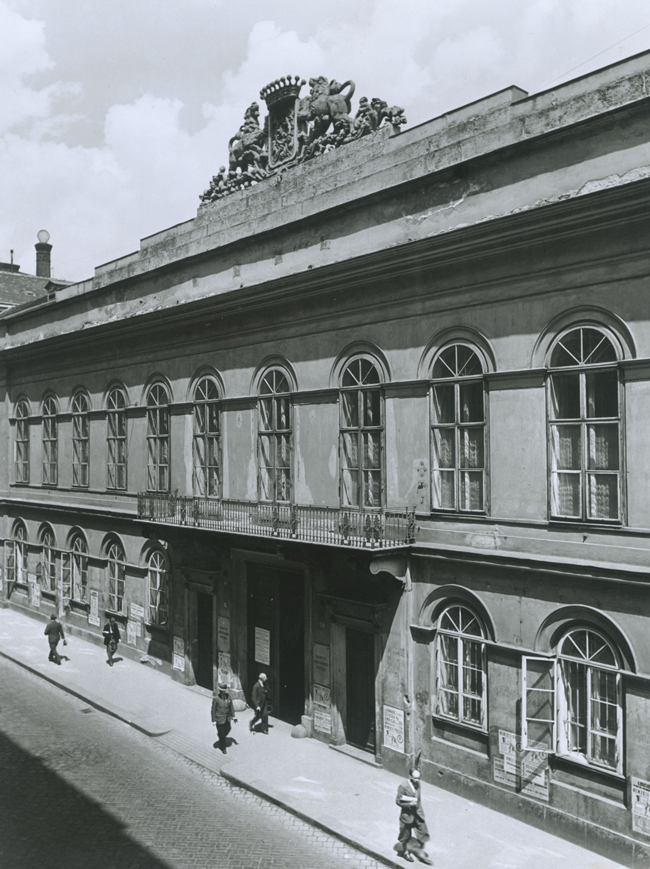
1948
The first archaeological excavations in the Medieval Royal Palace
Following the siege of Budapest, the first archaeological excavations are carried out during the rebuilding of the Palace with the leadership of László Gerevich (art historian, archaeologist, museum director, 1911–1997). Destroyed in the 17–18th century, the ruins of the medieval palace are unearthed in the course of these excavations.

1967
The Castle Museum moves into Building ‘E’ of the Royal Palace
After the renovation is finished, the Medieval Museum and the Directorate of the Budapest History Museum are the first cultural institutions moving into the Royal Palace of Buda.

1974
The Gothic sculpture find of Buda is discovered
Hundreds of sculpture fragments are discovered in one of the courtyards of the former Royal Palace in the basement of a medieval house. The excavations are lead by László Zolnay (archaeologist, art historian, 1916–1985).
